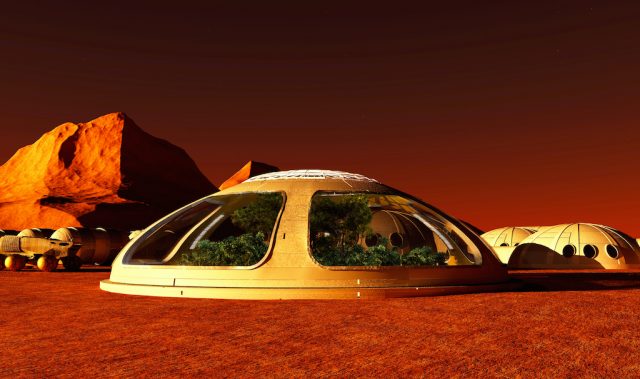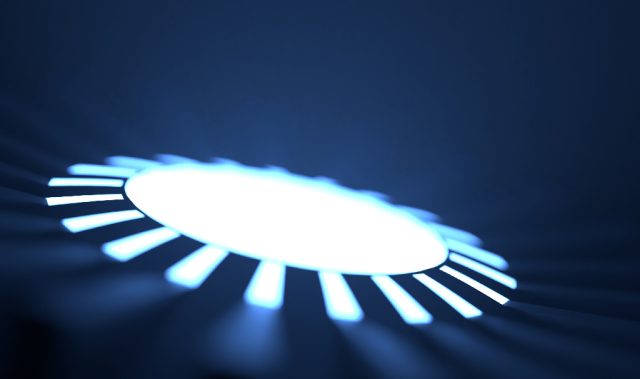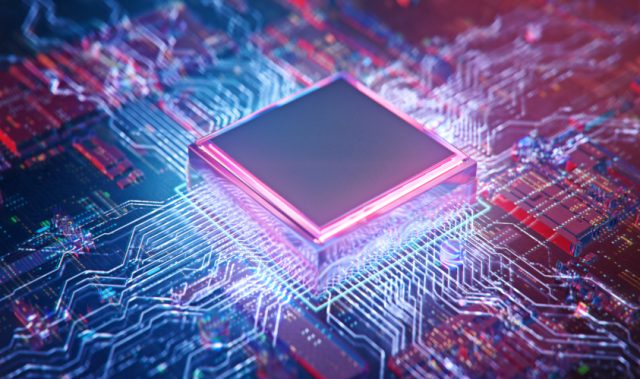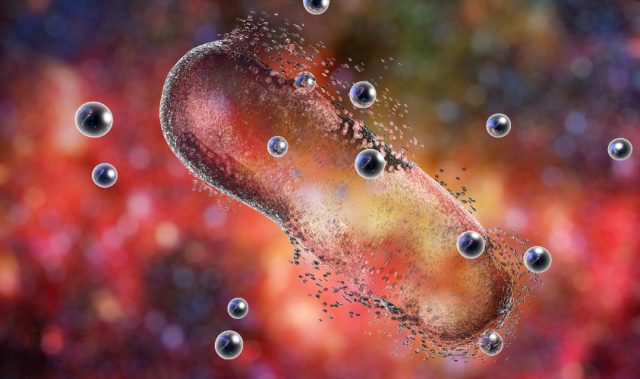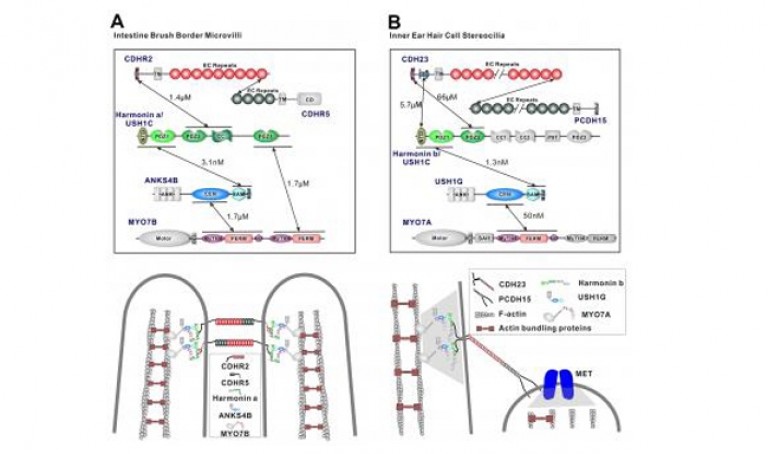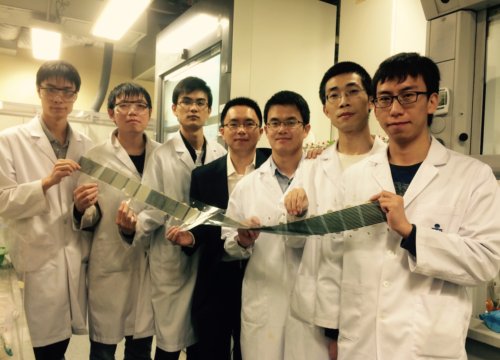
AsianScientist (July 20, 2017) – A team of researchers from the Hong Kong University of Science and Technology (HKUST) have created a self-assembling hydrogel that can respond to light. Their study, published in the Proceedings of the National Academy of Science, showed how the hydrogel could be used to control the release of cells in 3D cultures.
Hydrogels, noted for their biomimetic properties, are the leading materials for biomedical applications such as drug delivery and stem cell therapy. Traditional hydrogels made up of either synthetic polymers or natural biomolecules have been used as molecular or cellular scaffolds. However, traditional hydrogel materials are unable to fully recapitulate the dynamic signaling involved in biological processes.
In particular, material scientists are interested in photo-responsive hydrogels, because light is regarded as an ideal tool to control molecules or cell behavior with high spatiotemporal precision and little invasiveness. The major challenge for scientists is how to efficiently assemble these complex globular proteins into supramolecular architectures while preserving their function.
In the present study, the HKUST scientists created a B12-dependent light-sensing hydrogel by covalently stitching together photoreceptor C-terminal adenosylcobalamin binding domain (CarHC) proteins under mild conditions.
“In our research, we were able to create an entirely recombinant protein-based light-sensitive hydrogels by covalently assembling the CarHC photoreceptor proteins using genetically encoded SpyTag-SpyCatcher chemistry,” said study corresponding author Fei Sun, an assistant professor at HKUST’s department of chemical and biomolecular engineering.
This direct assembly of stimuli-responsive proteins into hydrogels represents a versatile solution for designing smart materials and opens up enormous opportunities for future material biology.
“The resulting hydrogel composed of physically self-assembled CarHC polymers exhibited a rapid gel-sol transition on light exposure, which enabled the facile release/recovery of 3T3 fibroblasts and human mesenchymal stem cells from 3D cultures while maintaining their viability.” Sun added.
The article can be found at: Wang et al. (2017) B12-Dependent Photoresponsive Protein Hydrogels for Controlled Stem cell/protein Release.
———
Source: Hong Kong University of Science and Technology.
Disclaimer: This article does not necessarily reflect the views of AsianScientist or its staff.




